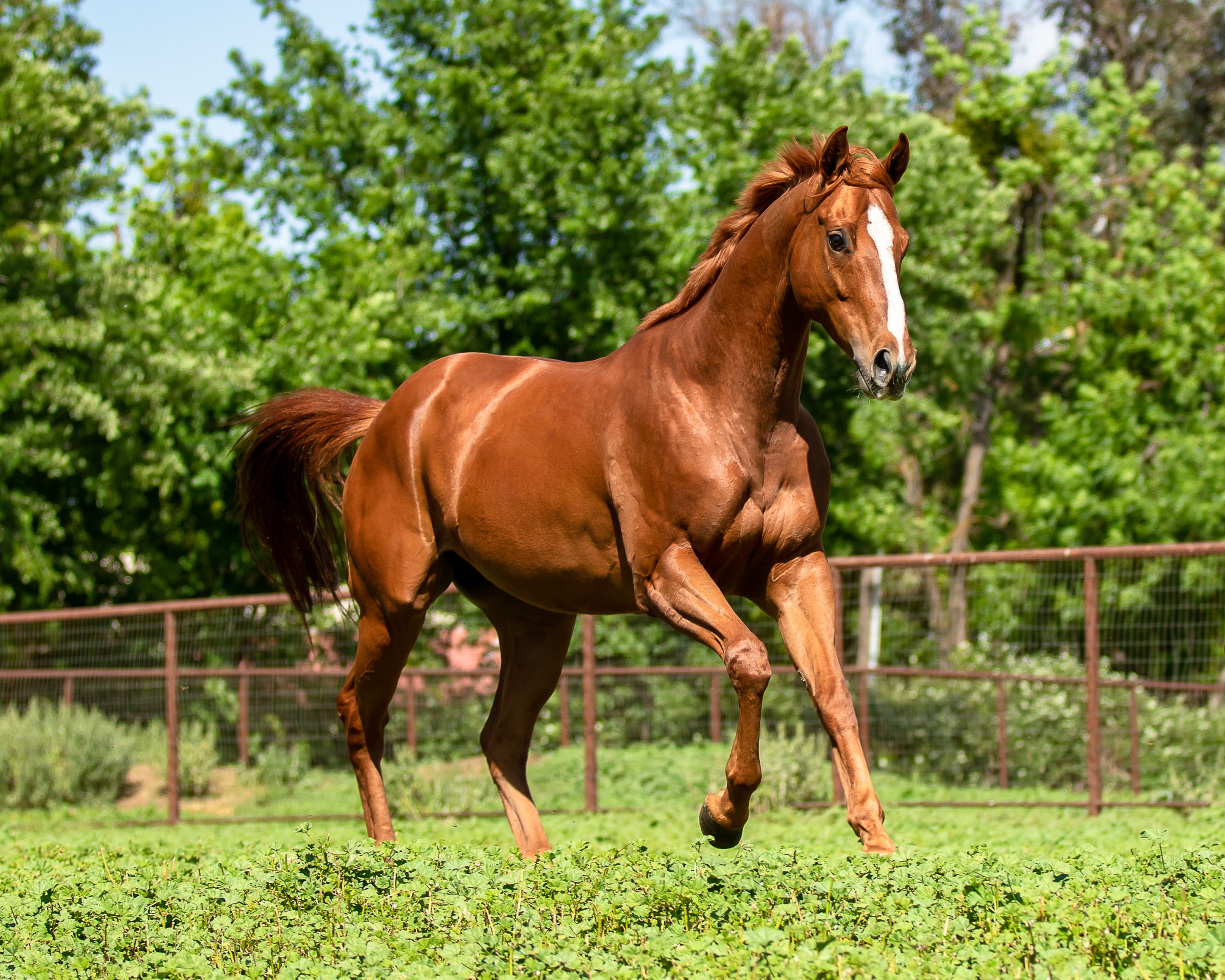About
California Retirement Management Account (CARMA) Placement Program facilitates the transition of Thoroughbreds from the racetrack to approved aftercare non-profit organizations better suited to place the horses into second careers or permanent sanctuaries. As a service to Thoroughbred owners who need help retiring a race horse, CARMA’s Placement Program is a safe way to transition the horse into the next phase of its life. Based at Santa Anita Park, CARMA serves owners throughout the State, working closely with the horse’s connections to ensure proper retirement steps are taken. Using a network of layup facilities specializing in rehabilitation, Thoroughbreds are provided the time they need to recuperate and adjust to life off the track.
Frequent communication with the staff entrusted with the daily care, safety and health of the horses, is a priority. Following an initial evaluation, veterinary reports, history and photos are sent to more than 20 aftercare charities who will continue to rehabilitate, retrain and ultimately find the horse a second career as a riding horse, companion, or offer them permanent sanctuary.
Since its introduction in 2012, the CARMA Placement Program has assisted more than 425 retired racing Thoroughbreds. The program has grown significantly, expanding from managing five horses at a time to accommodating over 20. During the challenging pandemic years, the program maintained an average of 13-14 horses, but it now consistently supports around 20. This expansion is made possible through the generous bequest of the late Nancy Messineo, whose dedication to the welfare of retired racehorses has left a lasting impact.
Eligibility
There are three major requirements for a horse to join the program:
1. Owners of the horse must participate in the 0.03% (3/10 ths of 1%) purse contribution program adopted by the California Horse Racing Board (CHRB).
2. The horse must have raced or have a recorded work at a CHRB recognized track or training center in the last six months (Santa Anita Park, Los Alamitos, Del Mar Thoroughbred Club, Golden Gate Fields, San Luis Rey Downs or CARF).
3. The horse must be a gelding, filly or mare. Intact males must be gelded prior to acceptance.
How To Retire Your Racehorse Using CARMA
1. Call us at (626) 574-6622
2. Complete the CARMA Horse Questionnaire (Click to Download) or submit an application online
3. Sign the CARMA Transfer and Surrender Form (Click to Download)
4. Provide a $500 donation to CARMA
What to Expect
After contact is made, a representative from CARMA will meet with the trainer, observe the horse and secure pertinent information including history and condition. Once completed, a $500 donation to CARMA is due, which is applied directly toward the first month of care. Before the horse is transported, the Transfer & Surrender form must be signed by both parties. CARMA does its best to accommodate your horse as quickly as possible, but please be patient, as it can take some time.
What Happens Next
For their health, rehabilitation, and a rest period, horses are relocated to one of several layup facilities CARMA has access to across California. When ready, each horse is then strategically placed with the approved aftercare charity best suited to the horse’s temperament and physical condition. CARMA can and will provide periodic updates on horses in the Placement Program when requested. Once a horse is transferred from a lay-up facility and placed with an aftercare charity, owners are encouraged to periodically contact that organization for updates

In Memory of the Late Nancy Messineo
In memory of the late Nancy Messineo, CARMA has been able to expand its Placement Program significantly. Nancy's generous bequest reflects her lifelong passion for the welfare of retired racehorses, ensuring that more Thoroughbreds can transition into safe and fulfilling second careers. Her legacy continues to impact the lives of many horses, providing them with the care and opportunities they deserve

